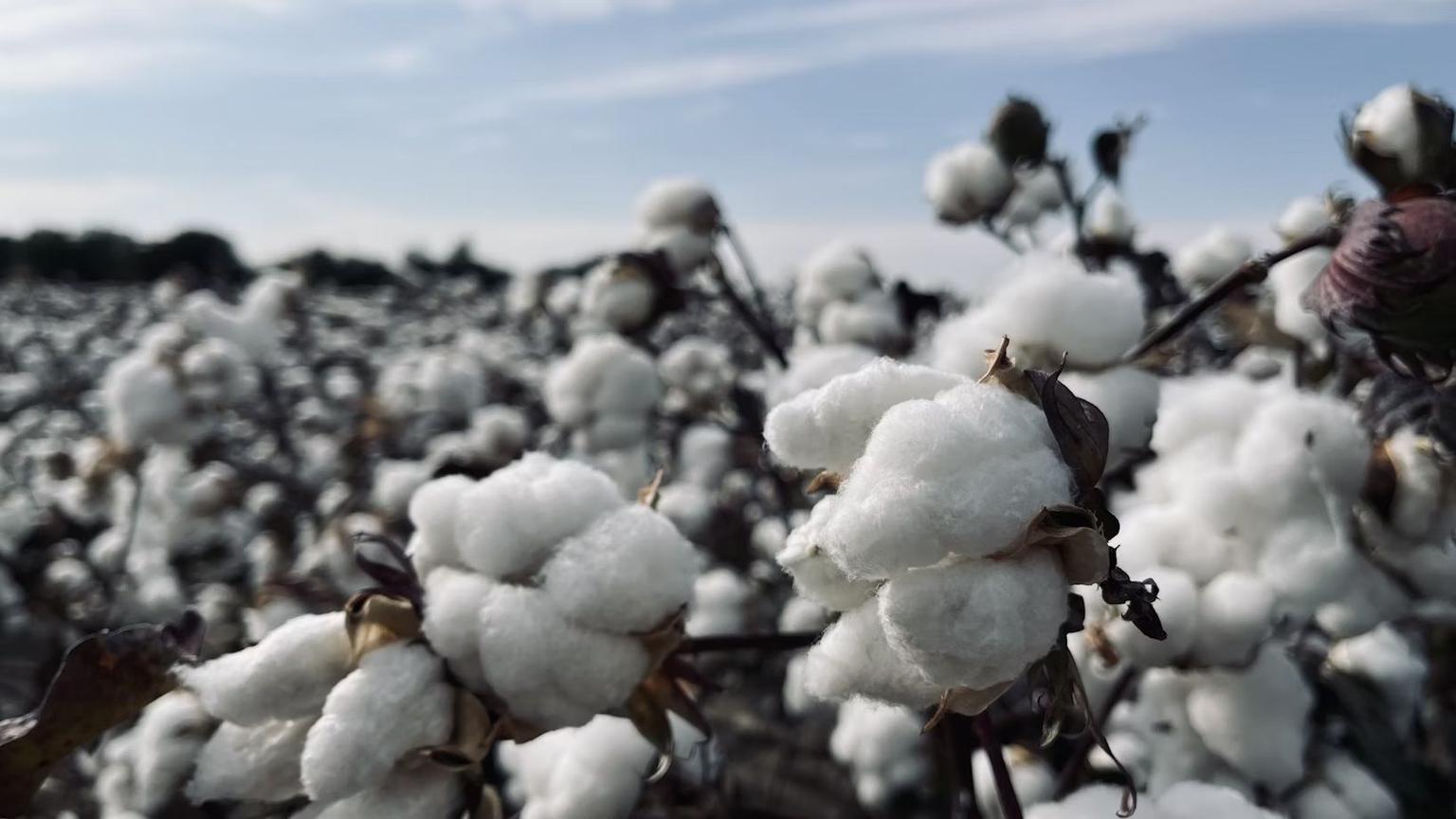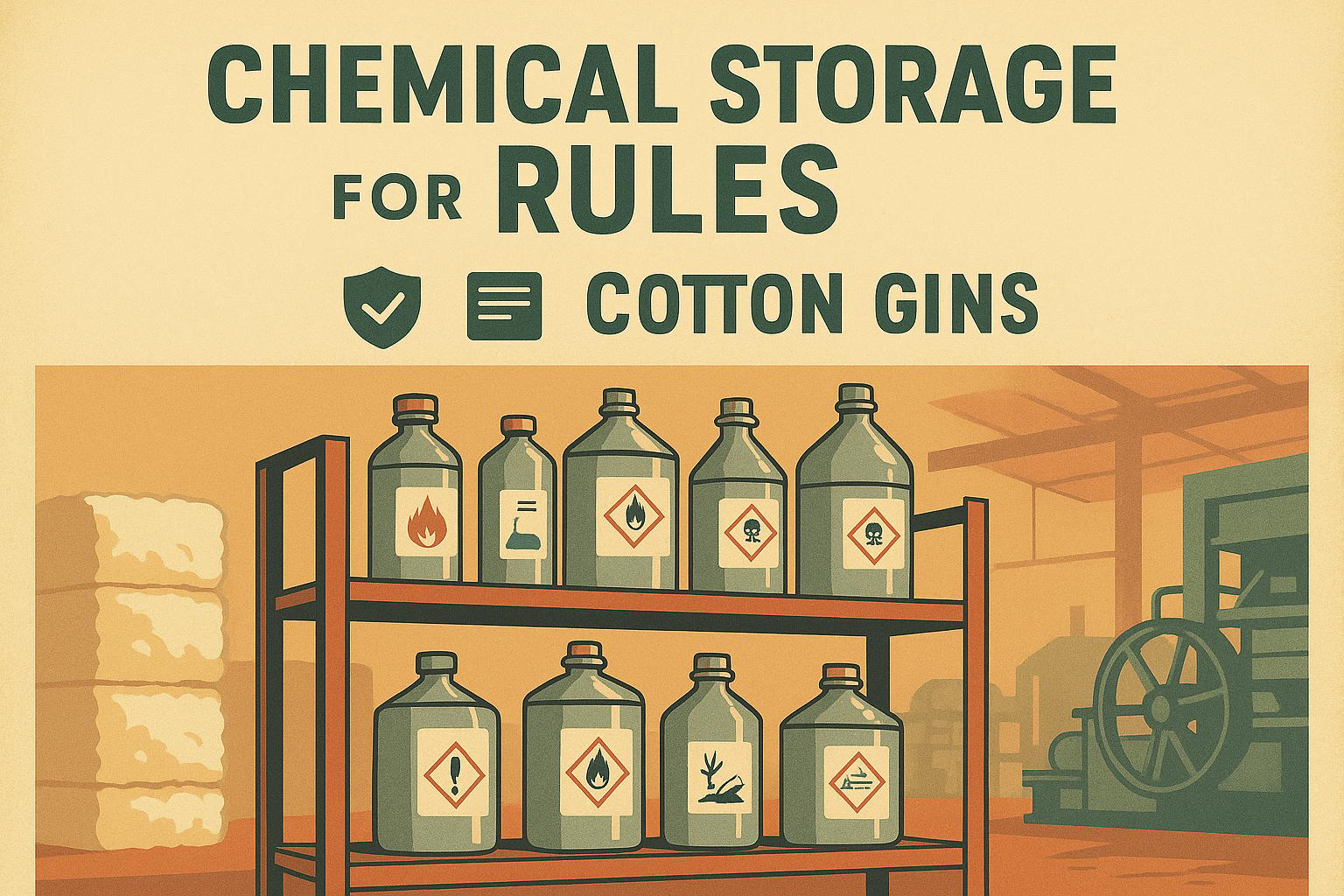Understanding Supply Chain Dynamics in Cotton Production
You've built your cotton operation through years of hands-on experience, weathering volatile prices and environmental shifts, but supply chain disruptions can upend even the most solid plans. Navigating supply chain challenges in cotton farming requires more than reactive fixes—it's about building resilient systems that secure inputs, streamline logistics, and protect your bottom line amid global uncertainties. From seed shortages to freight delays, these issues aren't new, but addressing them strategically can minimize downtime and cost overruns.
Industry reports indicate that supply chain bottlenecks have increased input costs by 15-25% in recent cycles, with cotton growers facing delays in fertilizer delivery or equipment parts that cascade into reduced yields. Factors like international trade policies, labor shortages, and transportation constraints all contribute, but with proactive management, you can mitigate risks. Assuming you're familiar with basics like inventory tracking and vendor relationships, we'll focus on advanced tactics that leverage data, partnerships, and diversification to tackle these hurdles head-on.
Identifying Key Supply Chain Vulnerabilities
The first step in navigating supply chain challenges in cotton farming is pinpointing weak links in your operation, from procurement to delivery.
- Input Sourcing Risks: Reliance on single suppliers for seeds or agrochemicals exposes you to shortages; global events can halt imports, delaying planting by weeks. Diversify with domestic alternatives or co-op bulk buys to buffer against this, potentially reducing lead times by 20-30%.
- Transportation Bottlenecks: Freight congestion at ports or rail delays affects timely delivery of machinery parts; in major cotton belts, this can push maintenance into peak seasons, risking breakdowns. Map alternative routes or use local distributors to cut transit risks.
- Labor and Processing Gaps: Shortages in trucking or warehouse staff slow movement; for cotton, this means delayed ginning slots, impacting quality. Build relationships with multiple processors to secure priority.
Conduct annual audits using farm software to track delivery histories; vulnerabilities like over-dependence on one vendor often emerge from data patterns. Challenges in volatile regions require contingency stocks, but overstocking ties up capital—balance with just-in-time principles adapted for ag.
Building Resilient Supplier Networks
Strong vendor partnerships are core to navigating supply chain challenges in cotton farming, shifting from transactional to collaborative relationships.
- Multi-Supplier Strategies: Contract with 2-3 seed providers offering similar varieties; this hedges against shortages, with extension data showing diversified farms experience 10-15% fewer input delays.
- Local Sourcing Initiatives: Partner with regional fertilizer blenders or equipment dealers to reduce transport miles; in the Southeast, this cuts costs by 5-10% while supporting community economies.
- Contract Negotiations: Include clauses for priority delivery or penalties on delays; for high-value items like precision planters, lock in prices early to avoid inflation spikes.
Attend industry events to expand networks; challenges like supplier consolidation demand ongoing evaluation—review annually for reliability scores based on past performance.
Leveraging Technology for Supply Chain Visibility
Digital tools enhance transparency, helping you anticipate and navigate supply chain challenges in cotton farming with real-time data.
- Inventory Management Software: Platforms like Granular track stock levels and predict needs based on crop models; alerts for low fertilizer prevent last-minute rushes, saving 10-20% on emergency orders.
- Blockchain for Traceability: Use systems to verify seed origins and track shipments; in cotton, this ensures compliance with sustainability standards, reducing rejection risks at processors.
- AI Forecasting: Tools analyze weather and market data to forecast input demands; extension trials show 15% accuracy improvements in ordering, minimizing over-purchases.
Integrate with GPS for logistics; challenges like data silos are overcome by cloud-based apps compatible with your existing ERP.
Diversification and Risk Hedging Tactics
Diversifying beyond core cotton helps buffer supply chain shocks, spreading risks across your operation.
- Crop Rotation Expansion: Incorporate peanuts or sorghum to reduce dependence on cotton-specific inputs; this stabilizes cash flow during delays, with data indicating 10-20% income buffering.
- On-Farm Storage: Invest in silos for fertilizers or bins for seeds; bulk storage cuts delivery frequency, mitigating transport issues—ROI often hits in 2-3 years.
- Insurance and Financial Tools: Use supply chain disruption coverage; forward contracts lock input prices, protecting against surges.
In dryland areas, water-efficient rotations add layers; challenges like high initial costs are offset by long-term savings.
Collaborative Approaches: Co-ops and Industry Alliances
Pooling resources through groups strengthens your position in navigating supply chain challenges in cotton farming.
- Co-op Bulk Purchasing: Join for collective bargaining on seeds or chemicals; groups often secure 5-15% discounts and priority allocations during shortages.
- Shared Logistics: Partner for joint trucking or warehousing; in the Delta, this reduces per-farm costs by 10-20% while ensuring timely hauls.
- Knowledge Networks: Extension or association forums share vendor intel; early warnings on delays allow proactive switches.
Build trust through consistent involvement; challenges like uneven participation are mitigated by clear benefit-sharing agreements.
Economic Analysis: Cost-Benefit of Supply Chain Investments
Evaluating ROI guides decisions in cotton supply chains—resilient systems pay off through reduced losses.
- Cost Breakdown: Diversification might add $20-50/acre upfront but saves $100+ in disruption costs; software at $5-10/acre annually cuts waste by 15%.
- Revenue Impacts: Stable supplies maintain yields; data shows undisrupted farms average 10% higher lint output.
- Break-Even Points: Storage facilities recoup in 3-5 years via avoided premiums; insurance premiums of 1-2% of inputs prevent major hits.
Track with spreadsheets; challenges in volatile markets demand conservative projections.
Overcoming Regional Supply Chain Hurdles
Tailor strategies to your belt—arid West faces water transport issues, while humid East battles mold in storage.
- Western Arid Zones: Prioritize drought-resilient inputs with long-shelf suppliers; rail alternatives to trucking cut delays.
- Eastern Humid Areas: Focus on ventilated storage to prevent spoilage; local vendors minimize humid transport risks.
- Plains Variability: Hybrid local/global sourcing balances cost and reliability.
Adapt based on historical disruptions; extension resources provide region-specific guides.
Future-Proofing Your Supply Chain
Anticipate shifts like sustainability mandates or tech advancements to stay ahead in cotton farming supply chains.
- Sustainable Sourcing: Prefer vendors with eco-certifications; blockchain verifies, meeting buyer demands.
- Automation Integration: Robotic warehousing or autonomous trucks reduce labor dependencies.
- Scenario Planning: Annual reviews simulate disruptions, refining contingencies.
This proactive stance builds long-term stability.
Actionable Steps to Strengthen Your Supply Chain
To start navigating supply chain challenges in cotton farming:
- Audit Vulnerabilities: Map suppliers and identify single points of failure.
- Diversify Networks: Add 1-2 new vendors; negotiate flexible contracts.
- Adopt Tech: Implement inventory software; integrate forecasting.
- Join Collaboratives: Engage co-ops for bulk deals and shared intel.
- Monitor ROI: Track costs pre/post changes; adjust annually.
Navigating supply chain challenges in cotton farming enhances resilience, ensuring consistent operations.
Effective cotton supply chain management turns potential disruptions into manageable hurdles, securing your farm's future.


